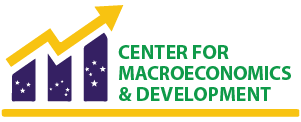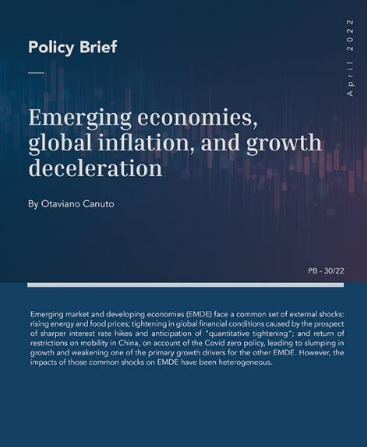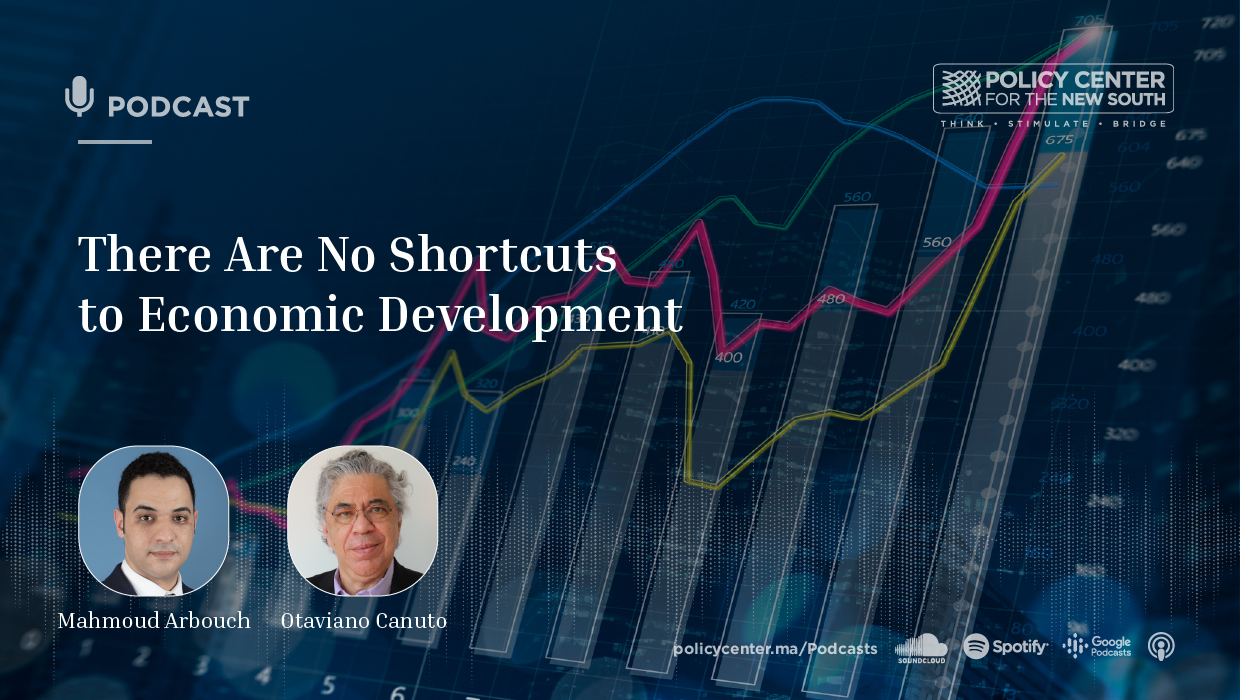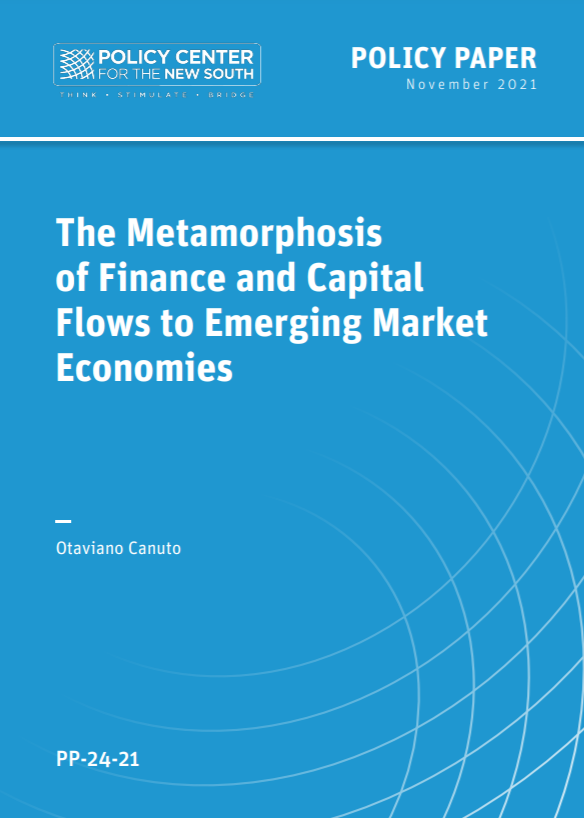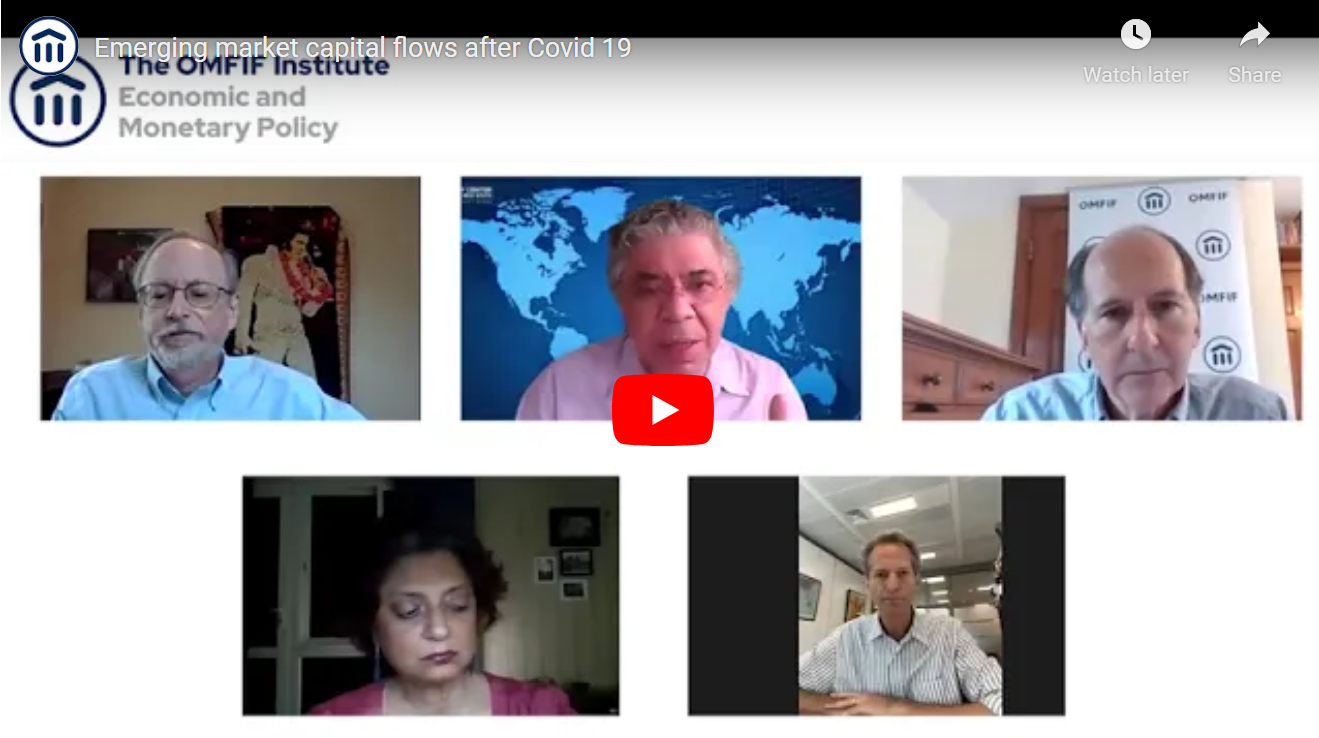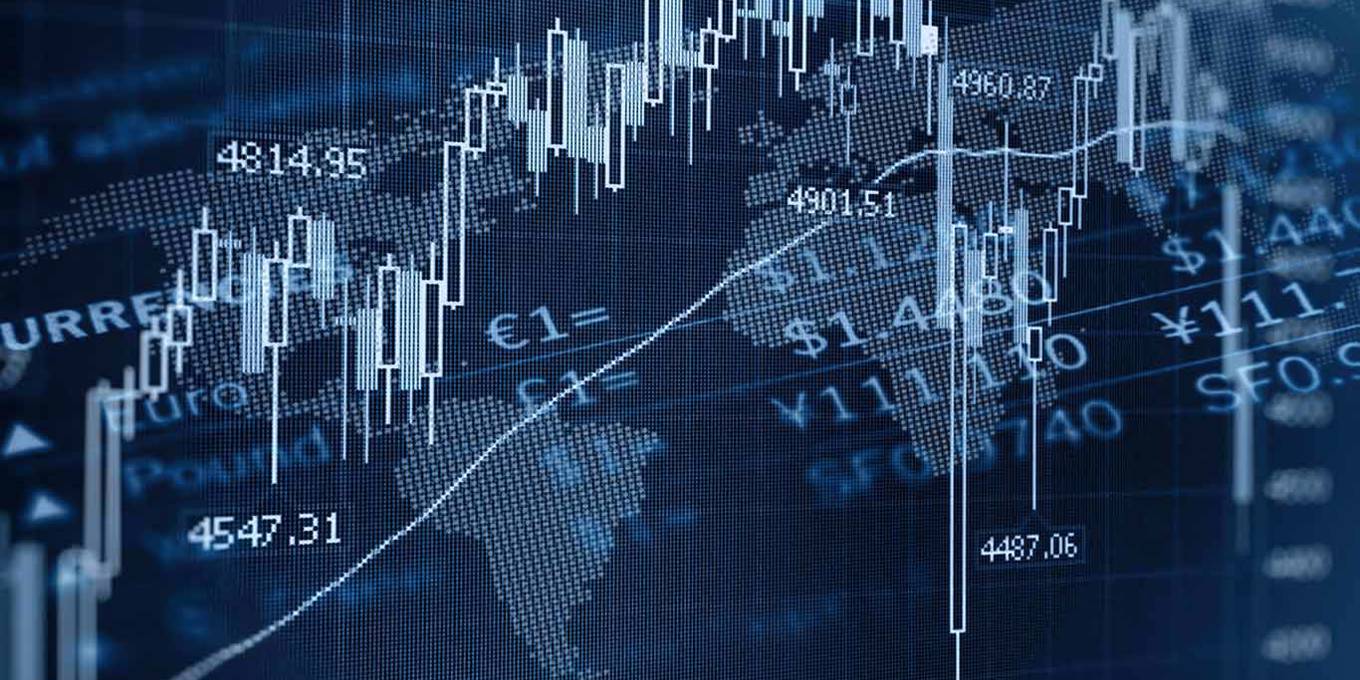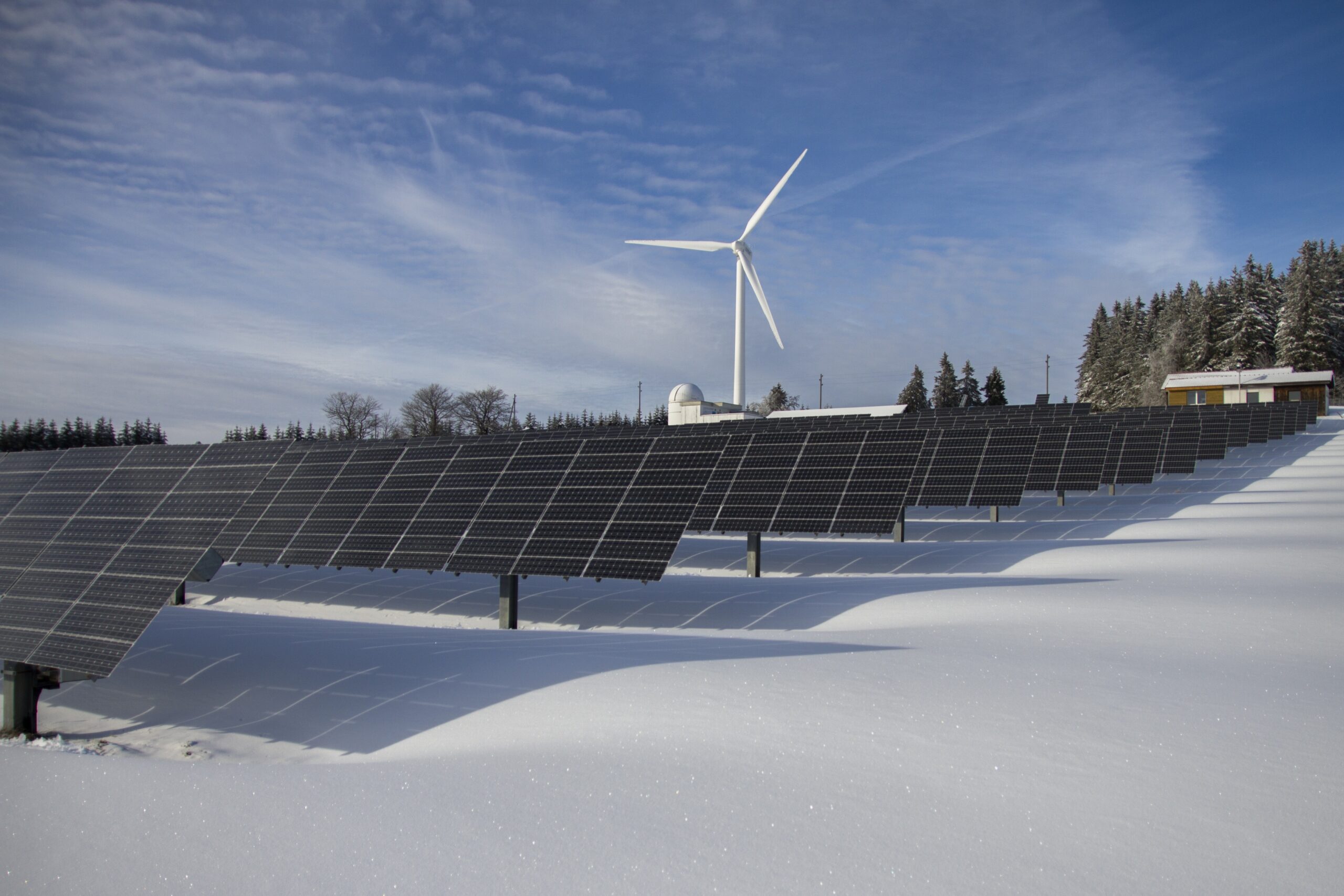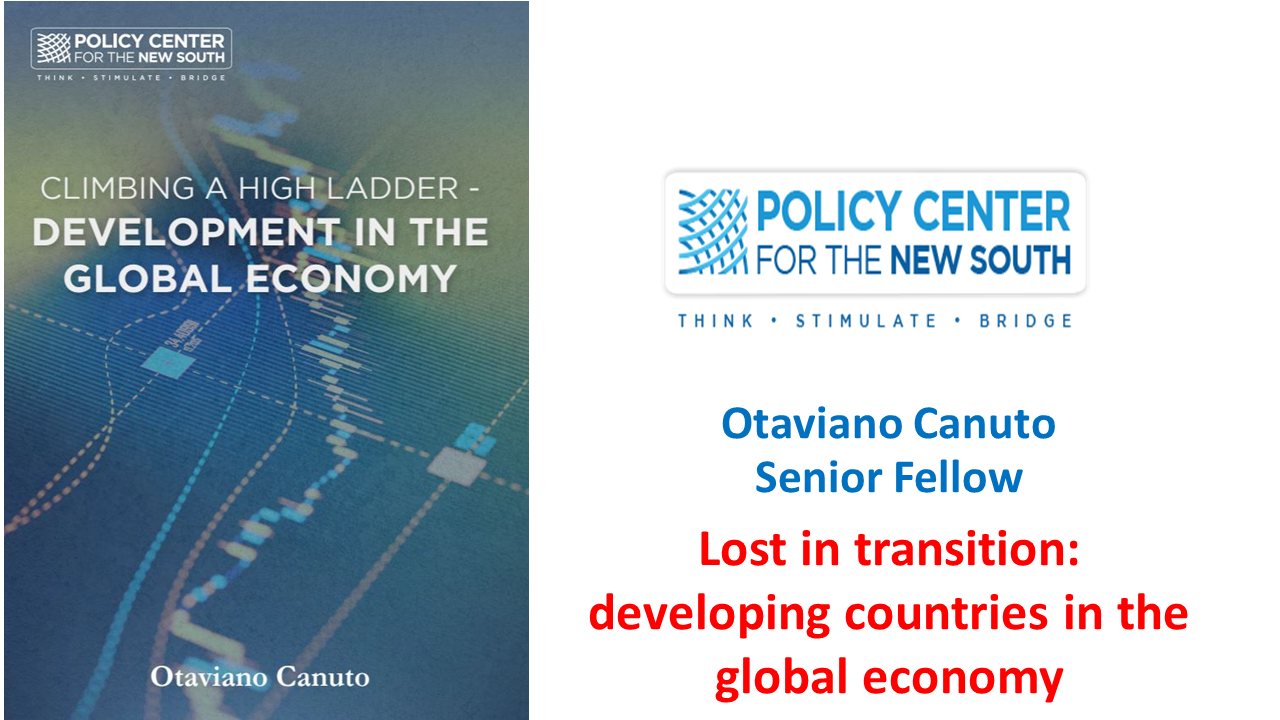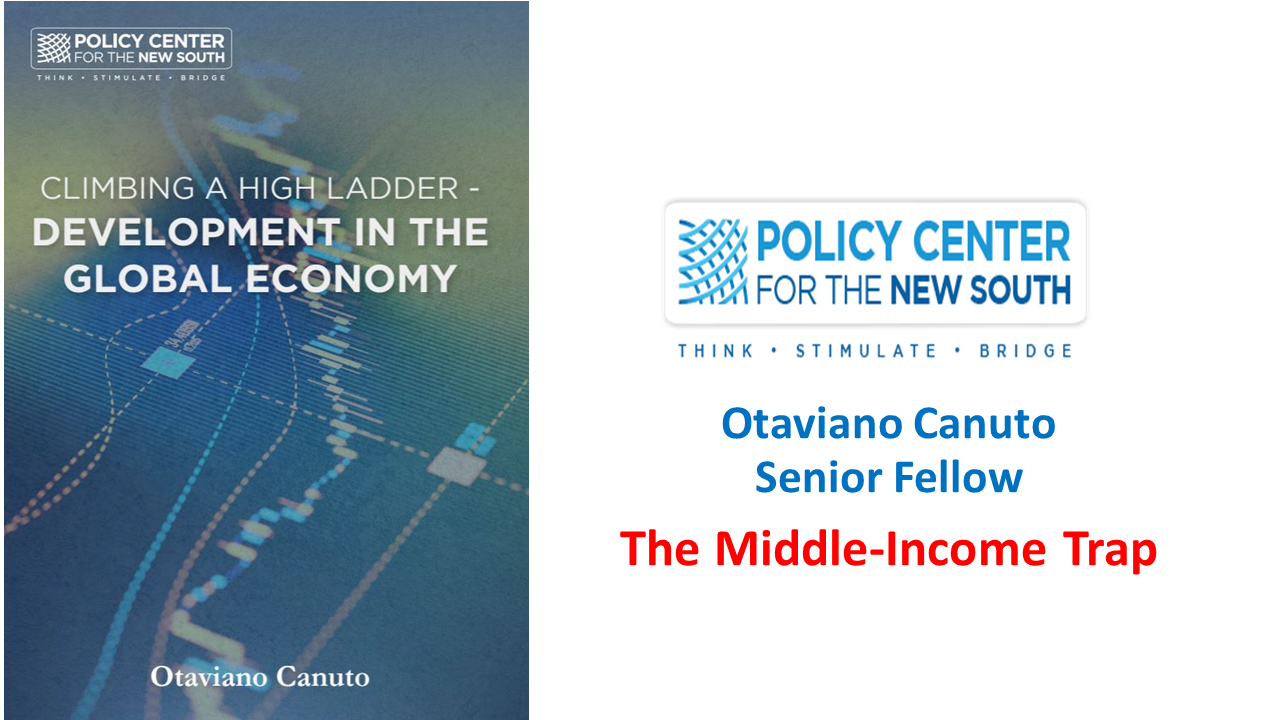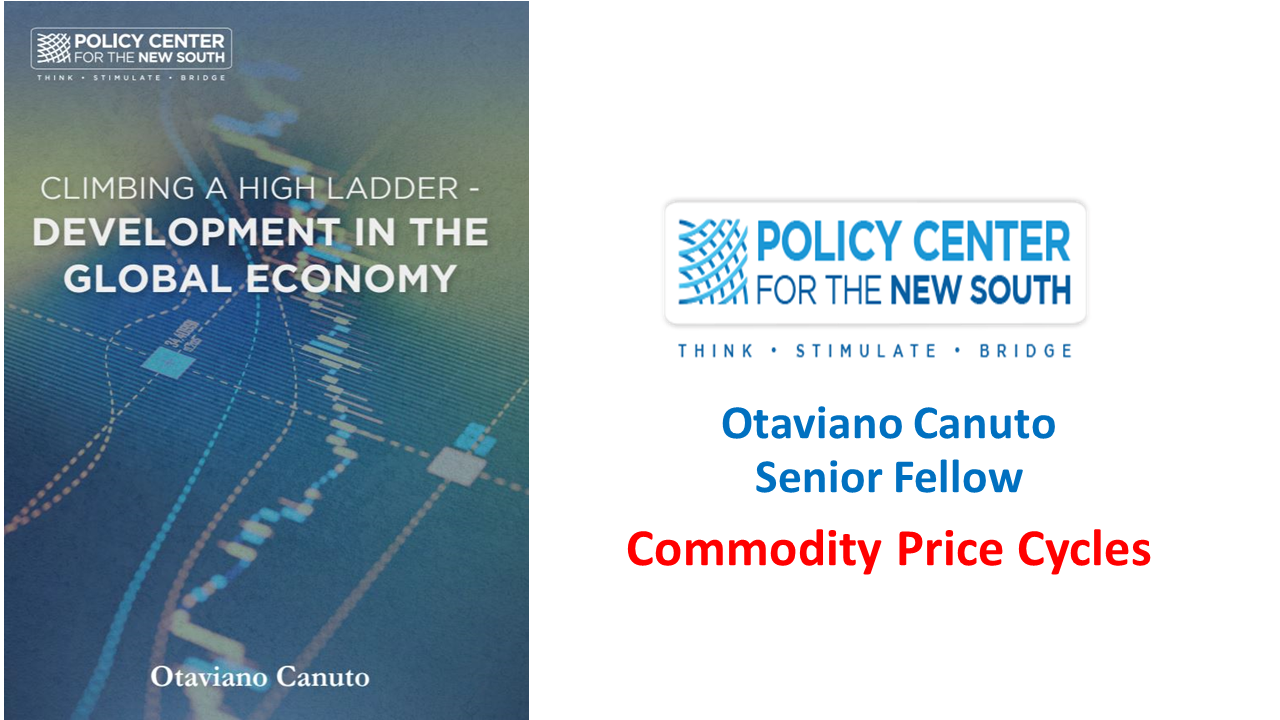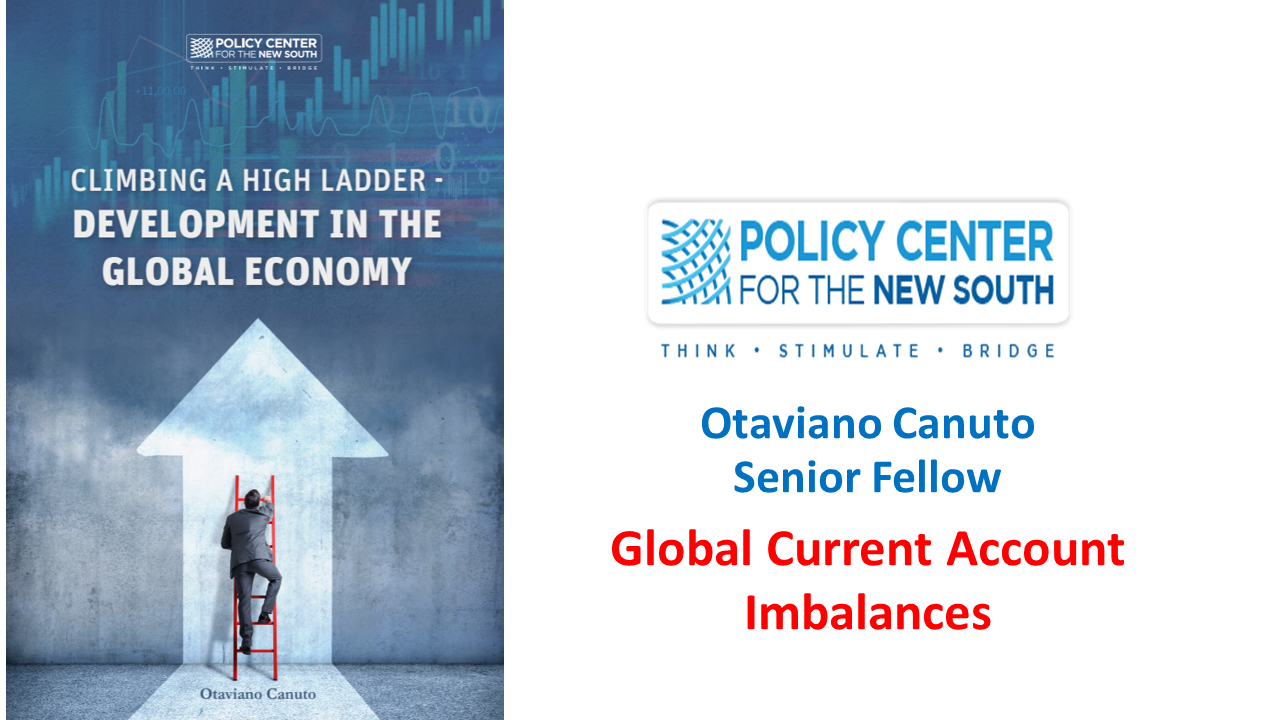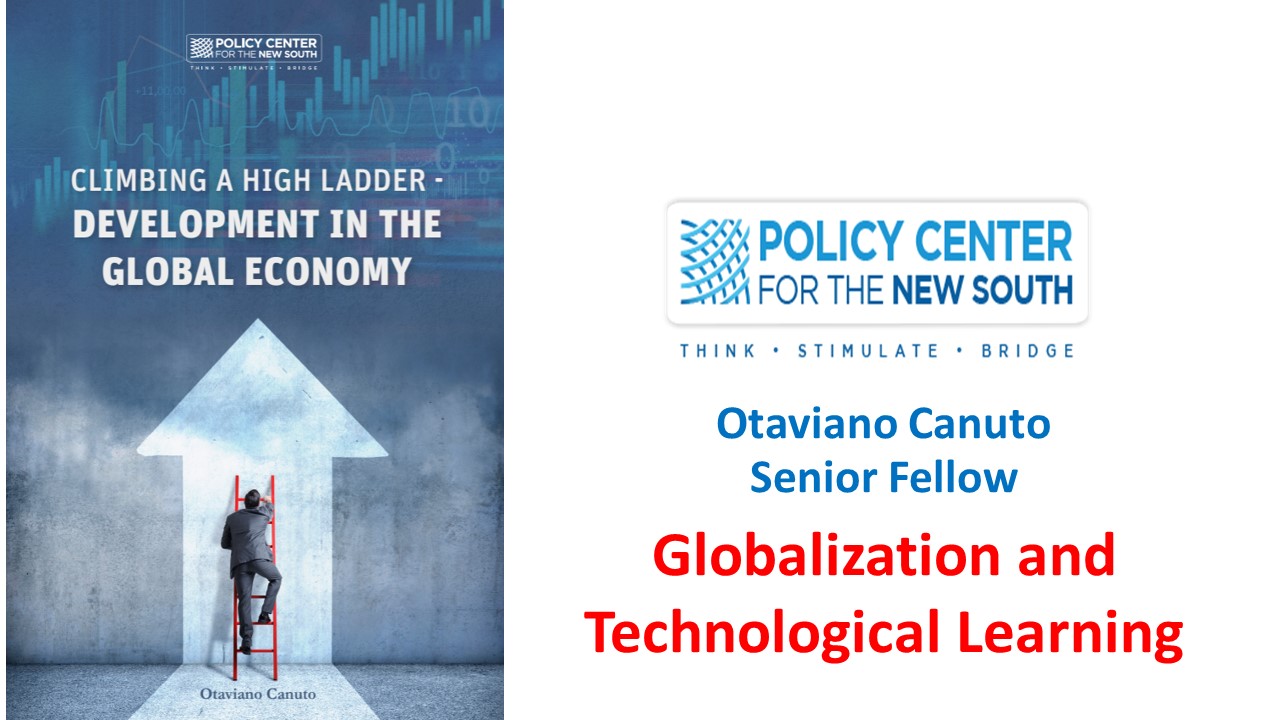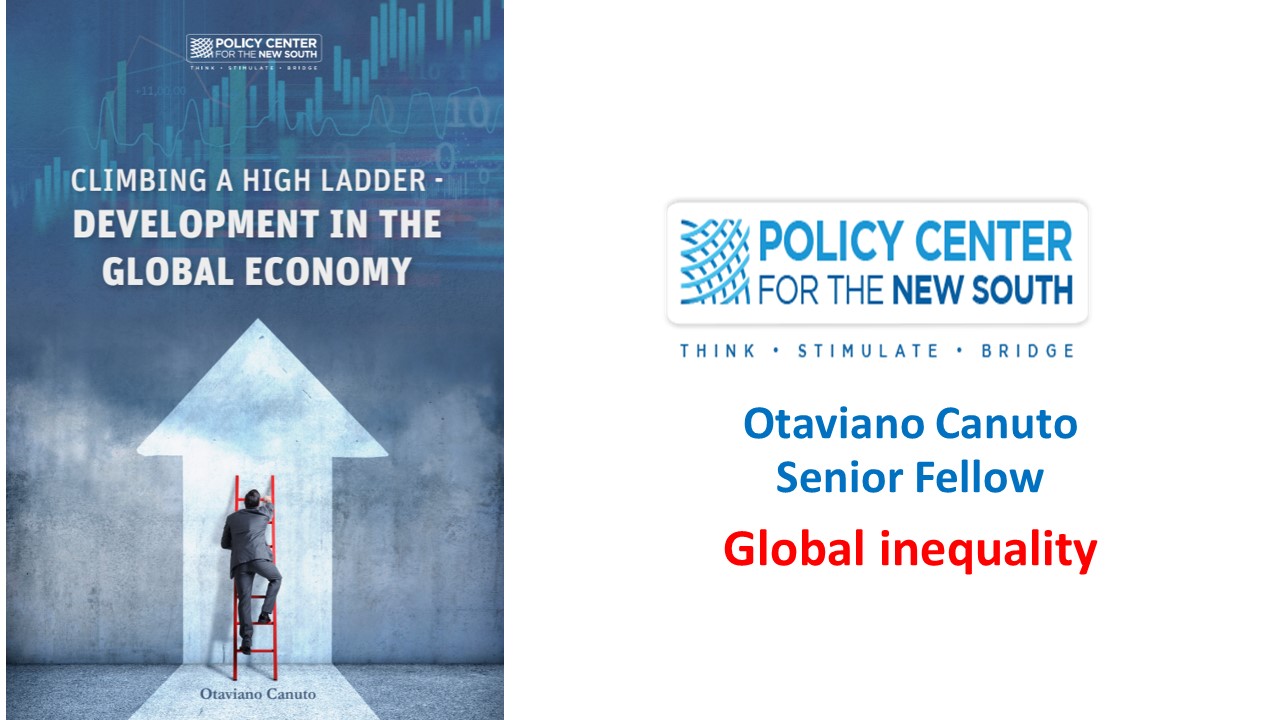Emerging economies, global inflation, and growth deceleration
The "World Economic Outlook" report released by the International Monetary Fund (IMF) on April 19 depicted a worsening in the global economic scenario for 2022: lower economic growth and higher inflation than the January projections. As the Director-General Kristalina Georgieva said in the previous week, the war in Ukraine represented a "substantial setback" for the global economic recovery. Emerging market and developing economies (EMDE) face a common set of external shocks: rising energy and food prices; tightening in global financial conditions caused by the prospect of sharper interest rate hikes and anticipation of "quantitative tightening"; and return of restrictions on mobility in China, on account of the Covid zero policy, leading to slumping in growth and weakening one of the primary growth drivers for the other EMDE. However, the impacts of those common shocks on EMDE have been heterogeneous.
